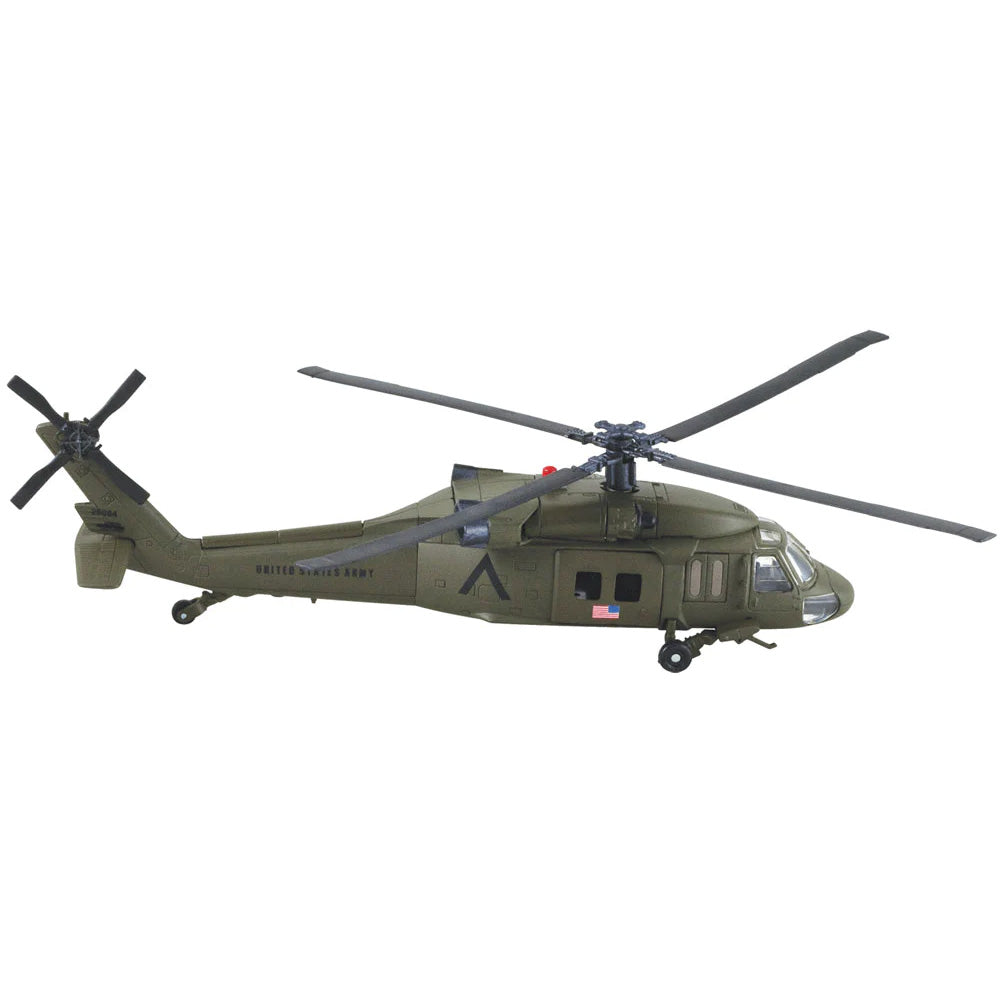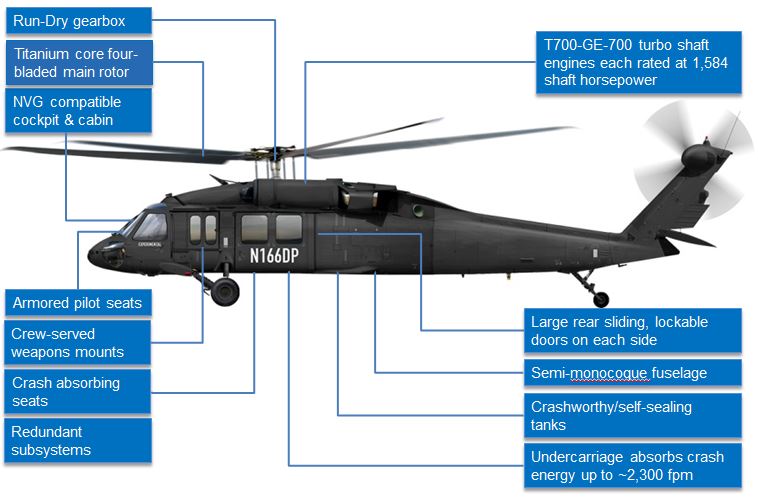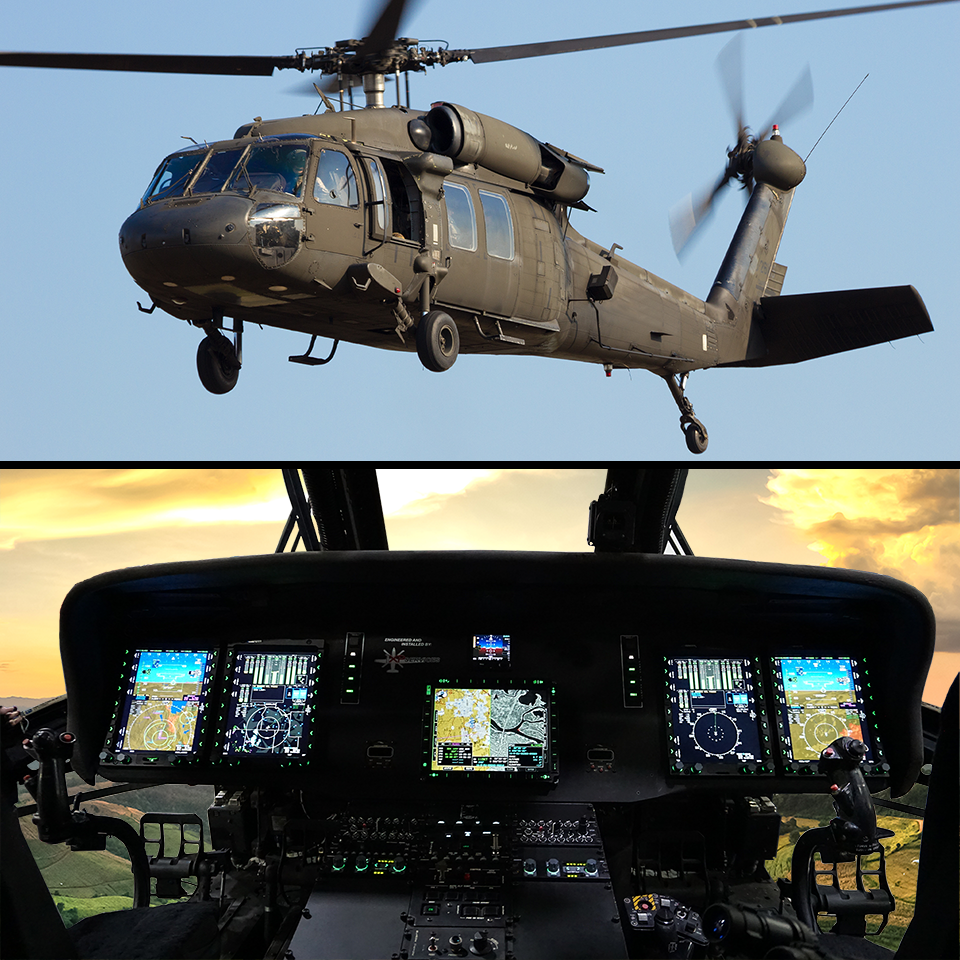The Role of the UH 60 in Combat Zones: Enhancing Mobility and Operational Efficiency
The Role of the UH 60 in Combat Zones: Enhancing Mobility and Operational Efficiency
Blog Article
Discovering the History and Development of the UH 60 Helicopter

Beginnings of the UH-60
The beginnings of the UH-60 helicopter can be traced back to the late 1960s, a duration noted by the demand for a versatile energy aircraft that can adapt to the progressing needs of modern warfare. The U.S. Military recognized the requirement for a substitute for the older UH-1 Iroquois, which was coming to be significantly poor for the complexities of contemporary fight circumstances. In 1967, the Military started the Energy Tactical Transportation Aircraft System (UTTAS) program, which sought to create a multi-role helicopter efficient in numerous missions, including army transport, clinical evacuation, and logistical assistance.
The style competitors attracted numerous aerospace producers, yet it was Sikorsky Aircraft Firm that ultimately secured the agreement in 1972. The UH-60 Black Hawk was presented, showcasing innovative design components and progressed modern technology that established it in addition to its precursors. Its initial trip took place in 1974, and the aircraft was formally embraced by the Army in 1979. The UH-60 promptly got acknowledgment for its robust efficiency, reliability, and versatility, leading the method for its comprehensive usage in army procedures and strengthening its condition as a cornerstone of united state Army aeronautics.
Trick Style Attributes
Ingenious style attributes of the UH-60 Black Hawk substantially add to its functional effectiveness. One of the most significant facets is its twin-engine setup, which boosts reliability and supplies a higher power-to-weight ratio, making it possible for the helicopter to execute under different problems. The airplane's four-blade main blades system provides enhanced lift and ability to move, crucial for tactical missions.

In addition, the cockpit is made for optimum visibility and comfort designs, including innovative avionics that improve pilot procedures. The modular style of the UH-60 permits simple upkeep and flexibility, making it appropriate for different mission accounts, from troop transport to medevac procedures. These crucial layout functions guarantee that the UH-60 Black Hawk stays a functional and trustworthy possession in armed forces aeronautics, efficient in satisfying the needs of modern warfare.
Technological Improvements
Current technical innovations in the UH-60 Black Hawk have dramatically improved its operational capabilities and convenience. The combination of innovative avionics, such as digital flight control systems and enhanced situational recognition display screens, enables pilots to operate with increased precision and performance. These systems help with improved navigating, interaction, and information sharing, allowing the helicopter to function efficiently in diverse environments.
Additionally, the introduction of composite products has decreased the total weight of the aircraft while keeping architectural integrity. This reduction enhances fuel effectiveness and extends functional variety. The consolidation of innovative blades technology, consisting of the usage of four-blade, totally articulated blades systems, has actually boosted lift performance and maneuverability, enabling better handling in different flight conditions.

In addition, advancements in propulsion systems, such as the T700-GE-701D engines, have boosted power result and integrity - uh 60. These engines add to superior performance in high-altitude and hot-weather problems
Last but not least, the integration of self-defense systems and boosted sensing unit bundles enhances the Black Hawk's survivability and goal efficiency. Jointly, these technical renovations guarantee that the UH-60 Black Hawk continues to be an essential possession in contemporary aviation, qualified of adapting to the evolving demands of armed forces and altruistic objectives.
Function in Armed Force Workflow
As the foundation of U.S. Military aeronautics, the UH-60 helicopter plays a vital role in various armed forces operations, acting as a versatile system for fight support, transport, and medevac missions - uh 60. Its layout includes the capacity to run in varied environments, making it important for troop movement and logistical support in both non-traditional and standard war

In medical discharge circumstances, the UH-60 has shown invaluable, substantially decreasing the moment to deliver damaged soldiers from the battlefield to clinical facilities. Its innovative avionics and evening vision capacities better guarantee goal success under difficult problems. Overall, the UH-60 helicopter remains an important asset, continually adjusting to meet the evolving demands of armed forces procedures and improving the efficiency of U.S. forces worldwide.
Future of the UH-60
Looking in advance, the future of the UH-60 helicopter involves significant developments in technology and abilities created to improve its operational effectiveness. As military operations advance, the UH-60 is anticipated to integrate innovative innovations, including enhanced avionics, improved weapons systems, and advanced interaction tools. These enhancements will permit for greater situational recognition and objective versatility, guaranteeing that the UH-60 continues to be an essential asset on the battlefield.
One noteworthy advancement is the combination of fly-by-wire systems, which will certainly boost flight control accuracy and minimize pilot work. Moreover, initiatives to upgrade the airframe and engines aim to boost array, speed, and payload ability, thus increasing the helicopter's operational extent (uh 60).
The future additionally holds assurance for boosted interoperability with unmanned airborne systems (UAS), allowing coordinated missions that take advantage of both manned and unmanned capacities. Furthermore, the incorporation of expert system and artificial intelligence could optimize flight characteristics and upkeep processes, resulting in decreased functional costs.
Verdict
The UH-60 Black Hawk helicopter represents a substantial success in army aeronautics, evolving from the united state Military's preliminary requirements for a versatile energy aircraft. Its ingenious style functions and constant technical improvements have guaranteed its importance in various army operations over the decades. As the demands of modern warfare adjustment, the future of the UH-60 will likely include further improvements and adaptations, strengthening its status as a vital possession for militaries worldwide.
The UH-60 Black Hawk helicopter represents a considerable turning point in military aviation, arising from the United state Military's mission for a more trusted and versatile utility aircraft in the late 20th century.The beginnings of the UH-60 helicopter can be traced back to the he said late 1960s, a period noted by the requirement for a functional energy aircraft that can adjust to the progressing demands of contemporary war. In general, the UH-60 helicopter continues to be a crucial property, constantly adjusting to fulfill the progressing needs of army procedures and enhancing the efficiency of U.S. pressures see worldwide.
Looking in advance, the future of the UH-60 helicopter involves significant advancements in innovation and capacities created to boost its operational effectiveness.The UH-60 Black Hawk helicopter represents a significant achievement in military aviation, progressing from the U.S. Military's initial requirements for a versatile energy aircraft.
Report this page